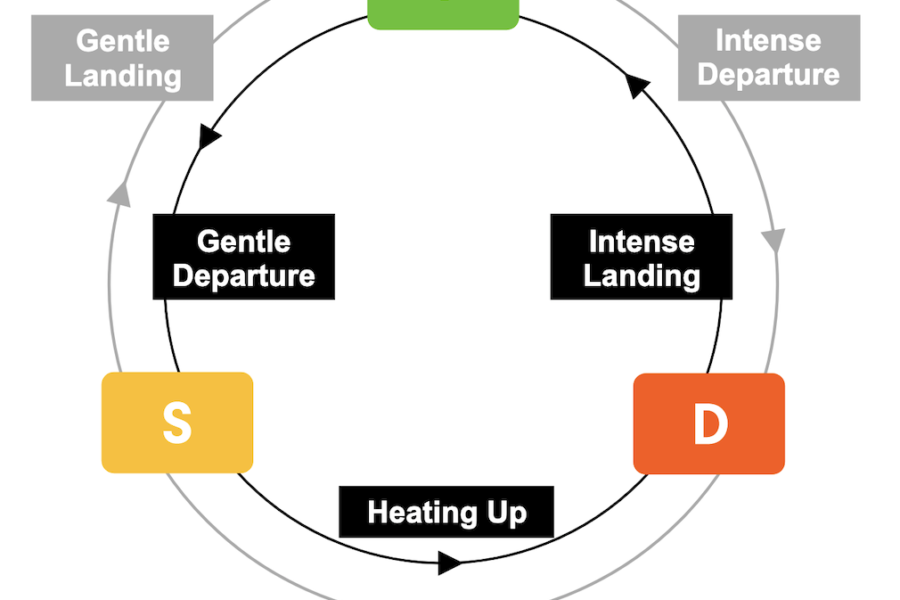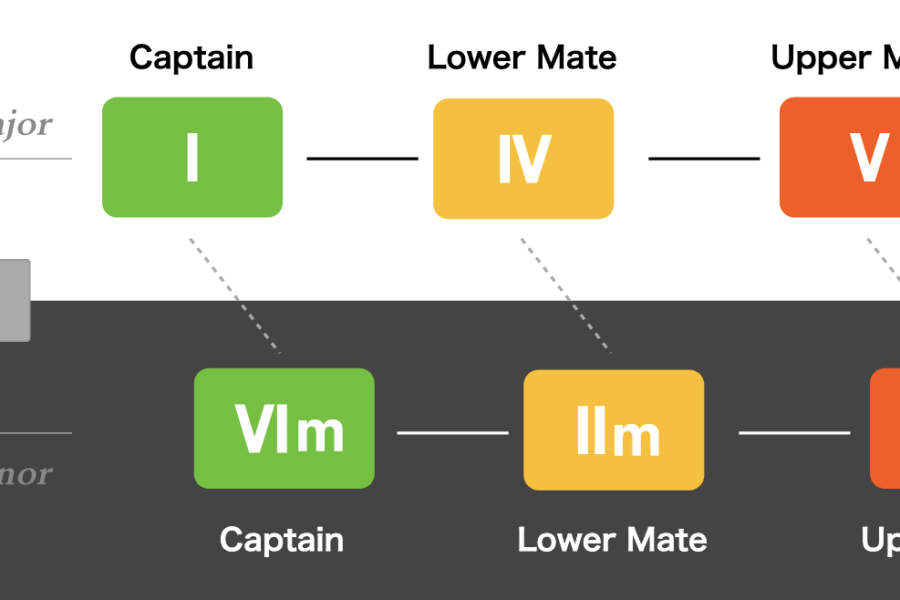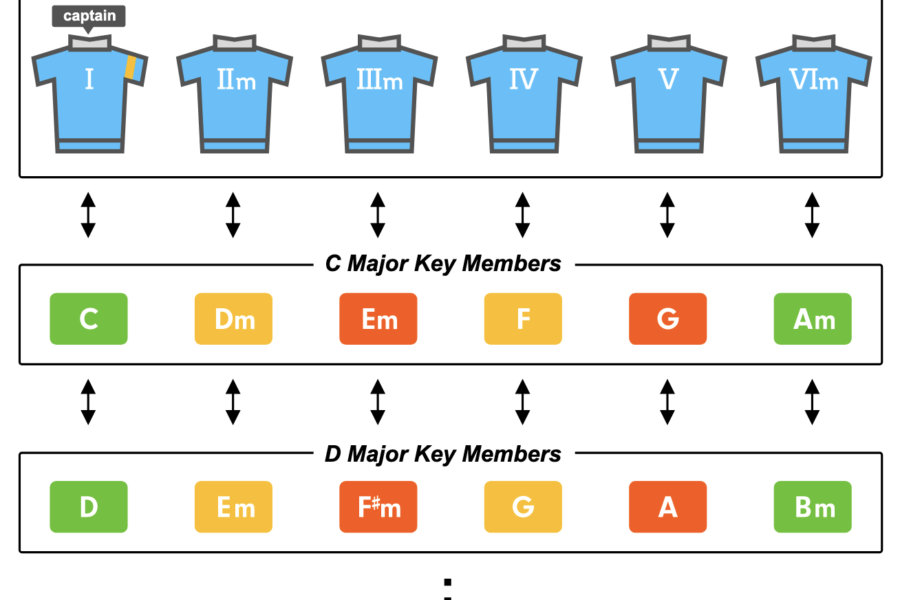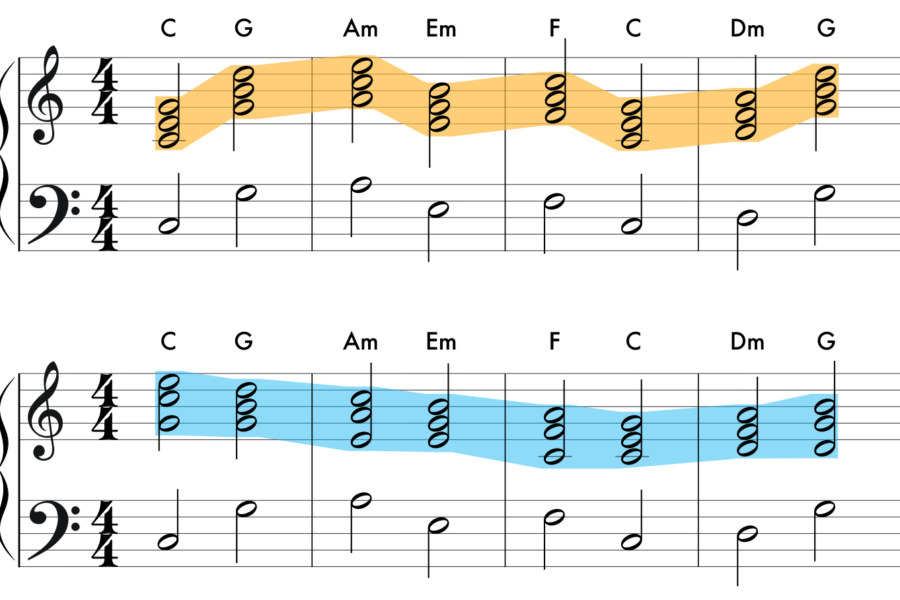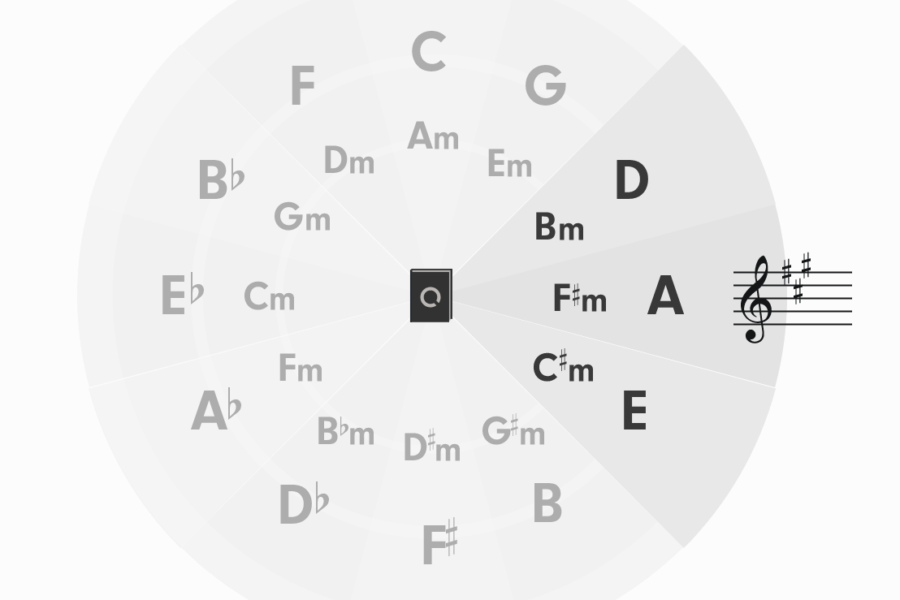1. What is Melody? First of all, I'm gonna check to what extent a music theory sees as a "melody". A is a horizontal sequence of single notes that we see as a single "line". Here's a famous nursery rhyme "London Bridge is Falling Down". In this case the upper part is regarded as a melody, while the lower part…
yutaMay 25, 2022

